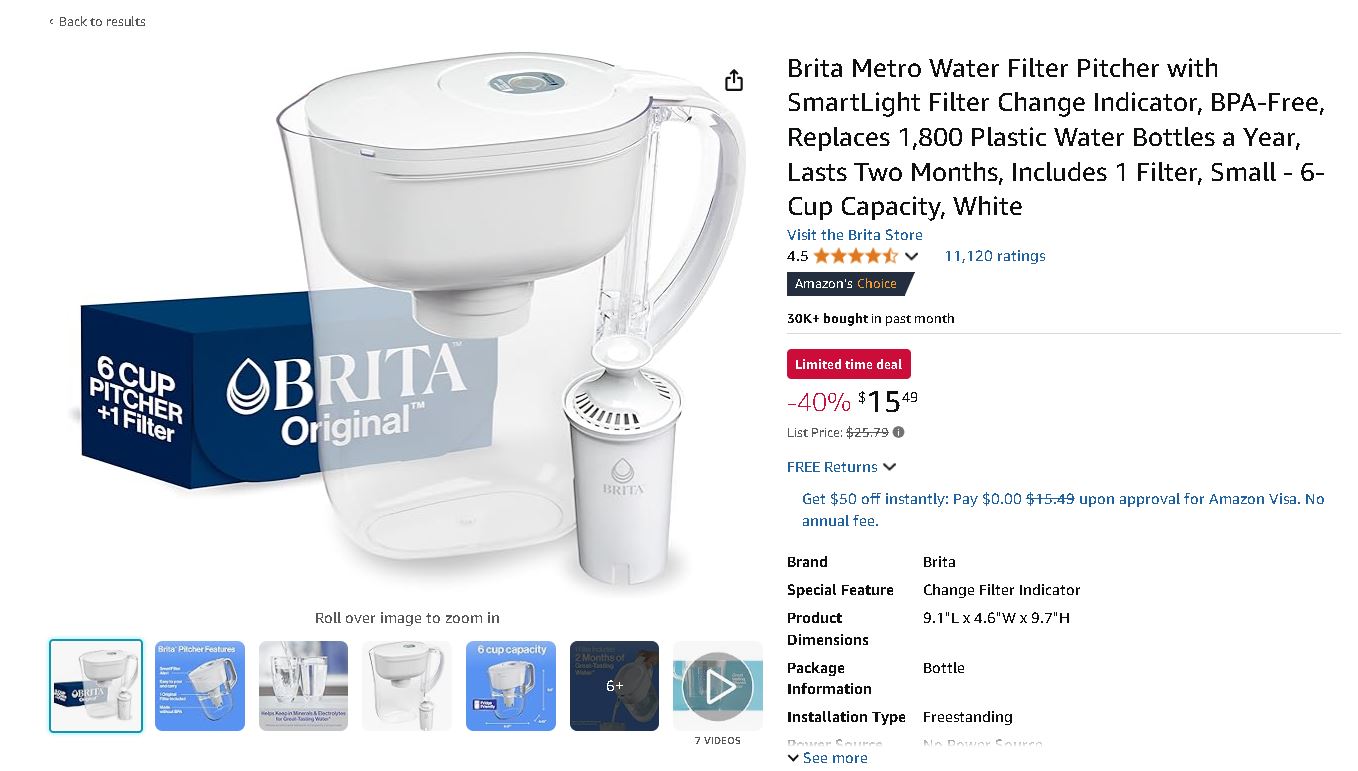Your cart is currently empty!
Report: What’s Really in Your Water?
Introduction
Access to clean, safe drinking water is a fundamental human right, yet many people are unaware of the contaminants that may be present in their water supply. A recent article in Scientific American titled “What’s Really in Your Water?” explores the hidden dangers lurking in tap water, the sources of contamination, and the steps individuals and communities can take to protect themselves. This report summarizes the key findings and implications of the article.
Key Findings
- Common Contaminants in Drinking Water:
- The article highlights several types of contaminants that can be found in drinking water, including:
- Heavy Metals: Lead, arsenic, and mercury, which can leach into water from aging pipes, industrial waste, or natural deposits.
- Chemicals: Pesticides, herbicides, and industrial chemicals like PFAS (per- and polyfluoroalkyl substances), also known as “forever chemicals.”
- Microorganisms: Bacteria, viruses, and parasites that can cause waterborne diseases.
- Pharmaceuticals: Traces of medications that enter water systems through human waste or improper disposal.
- Sources of Contamination:
- Aging Infrastructure: Many water systems in the U.S. and around the world rely on outdated pipes and treatment facilities, which can introduce contaminants like lead.
- Industrial Pollution: Factories, agriculture, and mining operations can release harmful chemicals and heavy metals into water sources.
- Natural Sources: Some contaminants, like arsenic, occur naturally in groundwater but can reach harmful levels in certain regions.
- Health Risks:
- Exposure to contaminated water can lead to a range of health problems, including:
- Neurological Damage: Lead and mercury are particularly harmful to brain development in children.
- Cancer: Long-term exposure to chemicals like PFAS and arsenic has been linked to increased cancer risk.
- Gastrointestinal Illness: Bacteria and parasites in water can cause diseases like cholera and giardiasis.
- Regulatory Gaps:
- While regulations like the U.S. Safe Drinking Water Act set standards for water quality, enforcement is often inconsistent, and many contaminants are not adequately monitored.
- Emerging contaminants, such as PFAS, are not yet fully regulated, leaving communities vulnerable to exposure.

Sponsored
Steps to Protect Yourself
- Test Your Water:
- Home water testing kits or professional testing services can identify contaminants in your tap water.
- Local water utilities are required to provide annual water quality reports (Consumer Confidence Reports) that detail the presence of regulated contaminants.
- Use Water Filters:
- Installing a water filter certified to remove specific contaminants (e.g., lead, PFAS, or bacteria) can significantly improve water safety.
- Options include pitcher filters, faucet-mounted filters, and whole-house filtration systems.
- Advocate for Change:
- Support policies and initiatives that invest in water infrastructure, regulate emerging contaminants, and hold polluters accountable.
- Participate in local water boards or community organizations focused on water quality.
- Stay Informed:
- Keep up-to-date with news and research on water quality issues in your area.
- Educate others about the importance of clean water and how to protect it.
Broader Implications
- Environmental Justice:
- Low-income and marginalized communities are disproportionately affected by water contamination, highlighting the need for equitable solutions.
- Climate Change:
- Rising temperatures and extreme weather events can exacerbate water quality issues by increasing runoff, flooding, and the spread of contaminants.
- Global Impact:
- Water contamination is a global issue, with millions of people lacking access to safe drinking water. Addressing this problem requires international cooperation and investment.
Conclusion
The Scientific American article “What’s Really in Your Water?” serves as a wake-up call about the hidden dangers in our drinking water. While regulatory frameworks and technological solutions exist to address water contamination, much work remains to be done to ensure safe, clean water for all. By staying informed, taking proactive measures, and advocating for systemic change, individuals and communities can protect themselves and contribute to a healthier, more sustainable future.
Prepared by: FR Staff
This report is based on the article published by Scientific American. For more details, refer to the original source.
TheHill.com Just In Unbiased Politics News
- Ukraine knocks countries that condemned alleged attempt to attack Putin compoundby Ashleigh Fields on December 31, 2025 at 3:20 AM
Ukraine’s Minister of Foreign Affairs Andrii Sybiha on Tuesday condemned statements alleging that Kyiv initiated an attack on Russian President Vladimir Putin’s compound. “We were disappointed and concerned to see the statements by Emirati, Indian, and Pakistani sides expressing their concerns regarding the attack that never happened,” Sybiha wrote in a post on X. “It…
- Eric Adams says he plans to attend Mamdani inauguration by Ashleigh Fields on December 31, 2025 at 2:13 AM
New York Mayor Eric Adams (D) said he would attend the inauguration of Mayor-Elect Zohran Mamdani (D) despite a disparaging campaign season. Sen. Bernie Sanders (I-Vt.) is set to swear in Mamdani, while Rep. Alexandria Ocasio-Cortez is also set to introduce the newly elected mayor. “We communicated this afternoon, and he made it clear that…
- Democrat wins Iowa state Senate race, blocking GOP from regaining supermajorityby Julia Mueller on December 31, 2025 at 2:11 AM
Democrat Renee Hardman won a special election for state Senate in Iowa on Tuesday, preventing Republicans from regaining a supermajority in the chamber, Decision Desk HQ projects. Hardman, the West Des Moines mayor pro tempore, defeated Republican Lucas Loftin to fill the seat that has been vacant since state Sen. Claire Celsi (D) died in…
- Trump’s CIA strike on Venezuela keeps options open, but carries risksby Filip Timotija on December 31, 2025 at 1:38 AM
The CIA’s recent drone strike on a Venezuelan port facility keeps President Trump’s options open in the country as he intensifies his pressure campaign, effectively expanding U.S. attacks onto land without committing the U.S. to an invasion of Venezuela. However, the commander in chief’s disclosure of the covert operations during a radio interview last week…
- What action has Trump administration taken in Minnesota since viral fraud video?by Max Rego on December 31, 2025 at 1:10 AM
The Trump administration has ramped up scrutiny of Minnesota’s social services programs amid allegations of fraud. Independent journalist Nick Shirley released a video detailing his investigation into the issue on Friday, sparking a renewed interest into the allegations. The Department of Justice (DOJ) has charged 98 people in connection with its sweeping probe into the…
Featured Articles
Search
Author Details



















Leave a Reply